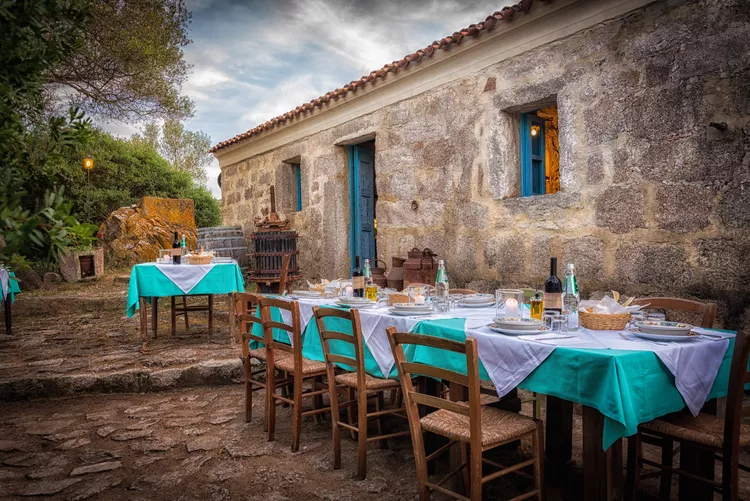Summary
Italy can be a remarkable destination for vegetarian and vegan travelers with some careful research and preparation.
Cultural Influence on Vegetarianism in Italy
The cultural heritage of Rome has long embraced vegetarianism. Influenced by the Greek philosopher Pythagoras and Epicurus, who promoted a cruelty-free and enjoyable lifestyle, the Roman culture has a historical connection to vegetarian practices. Notably, Roman senator Seneca was a vegetarian, and gladiators often consumed a plant-based diet of barley and beans to maintain energy, with meat being scarce and lean.
This cultural legacy persists in modern Italy. A 2011 study indicated that 10% of Italians identify as vegetarian, marking Italy as having the highest percentage of vegetarians in the European Union. Although veganism is less widespread due to the common use of dairy and eggs in traditional diets, there are ample opportunities to enjoy delicious vegan meals while visiting Italy.
Understanding Italian Menus
The cuisine in Italy differs significantly from what is commonly served in the United States for several reasons:
- Italians typically avoid butter, preferring olive oil as their primary fat, making it easier for vegans to find suitable options.
- Cheese is rarely sprinkled on pasta unless in tourist-heavy areas. Vegan diners can often discover options like cheeseless pizza or pizza marinara.
- Italian menus are generally categorized into:
- Antipasti (appetizers)
- Primi piatti (first courses)
- Secondi piatti (main courses)
- Contorni (side dishes/vegetables)
- Dolci (desserts)
- Most primi piatti and contorni will usually be vegetarian or vegan, while secondi piatti traditionally feature meat.
- However, be aware that many Italian dishes may contain hidden meat. It’s common for soups to use beef or chicken broth, while fritti misto may include pork or beef. Furthermore, ingredients like guanciale are often foundational in certain sauces, as seen in pasta alla amatriciana and spaghetti alla carbonara. Many desserts also rely on cream or eggs.
How to Place Your Order
While many Italians are proficient in English, it is crucial to clearly communicate your dietary restrictions.
One vital point to keep in mind is that Italians (and most Europeans for that matter) interpret the term “vegetarian” differently compared to English. For instance, if you tell a waiter that you are vegetarian (sono un vegetariano), they might bring you a soup containing meat or a pasta dish with pancetta, thinking it is mostly vegetable-based. In fact, it’s not uncommon for Italians who identify as vegetarian to consume meals with small meat portions and still consider themselves vegetarian.
Instead of simply stating that you’re vegetarian, you should inquire about dishes specifically:
- E senza carne? – Is it without meat?
- E senza formaggio? – Is it without cheese?
- E senza latte? – Is it without milk?
- E senza uova? – Is it without eggs?
To order a dish without certain ingredients, mention the dish and add “senza” followed by your restriction. For instance, if you wish to enjoy pasta with tomato sauce without cheese, you would request pasta marinara senza formaggio.





